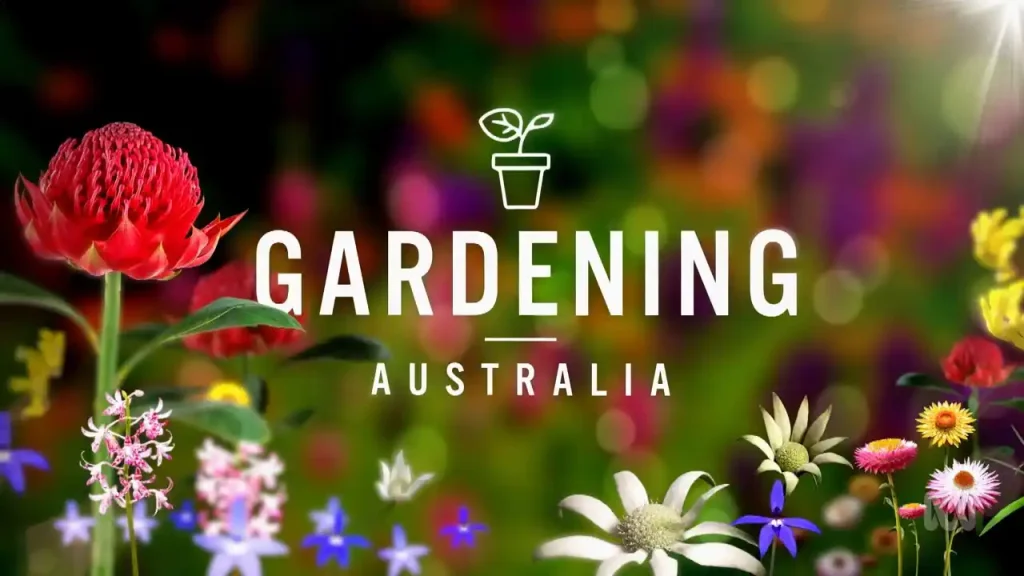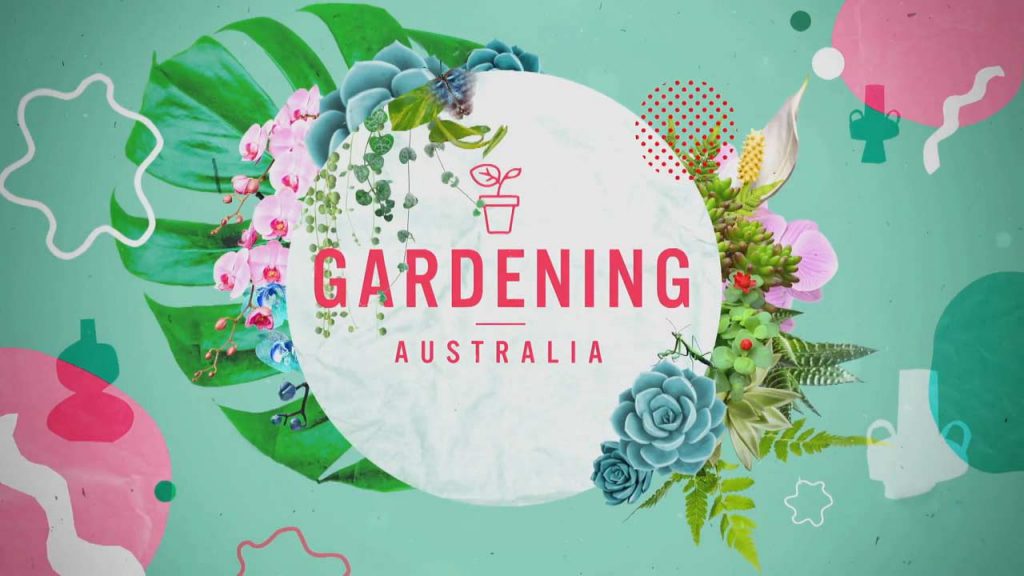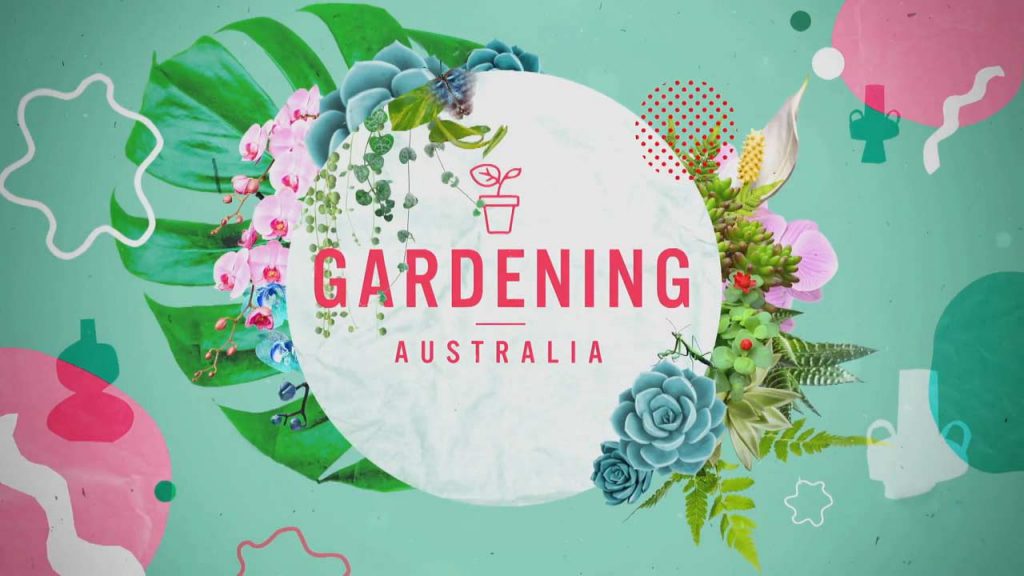Gardening Australia episode 18 2023 – Costa, the renownedexpert in landscaping, captivates audiences with his enlightening and inspiring lessons on the art of transforming outdoor spaces. In a recent episode, he takes us on a mesmerizing journey through the enchanting world of landscaping, where beauty and functionality harmoniously coexist. Meanwhile, Tammy embarks on an extraordinary adventure as she immerses herself in an orchid wonderland. With each step, she is greeted by a breathtaking display of vibrant colors and delicate petals, a true feast for the senses. Tammy’s heart fills with awe and admiration for the intricate beauty that nature has to offer.
In another corner of the horticultural realm, Josh delves into the fascinating realm of legumes and nitrogen. With an insatiable curiosity, he eagerly absorbs knowledge about the symbiotic relationship between leguminous plants and the essential nutrient they obtain from the air. Josh is amazed by nature’s ingenious mechanisms and how they contribute to the health and productivity of our gardens.
Not far away, Jane embarks on a captivating tour through an edible forest, where every turn reveals a cornucopia of delectable treasures. From luscious fruits dangling from sturdy branches to leafy greens thriving under the canopy, Jane discovers the bountiful possibilities of cultivating an edible oasis. Her imagination soars as she envisions the endless culinary delights that can be harvested from such a marvelous ecosystem.
Amidst all these incredible encounters, we are introduced to a passionate gardener who has cultivated not only a thriving garden but also a fulfilling career in the scenic landscapes of Canberra. With dedication and love for the craft, this green-thumbed individual has transformed their passion into a livelihood, bringing joy and beauty to their community.
As we journey through the diverse realms of landscaping, orchids, legumes, edible forests, and the stories of inspiring gardeners, we gain a deeper appreciation for the wonders of nature and the limitless possibilities that lie within our own backyards.
Gardening Australia episode 18 2023
Captivating Orchids
Tammy meets an orchid grower who is continuing a collection passed down through generations. Barbra Kypriotis is an orchid grower with a blooming business in Jervis Bay on the south coast of NSW. Tammy visits the showroom in her Sydney home filled floor to ceiling with orchids.
Barbra’s life was destined to be devoted to the strange and addictive world of orchids. “When I was young, about four, dad started bringing home orchids. He got addicted because they’re so beautiful and he just kept bringing them home… every week there would be a new one on the dining room table and the next week there’d be another one. Eventually there was no dining room table,” says Barbra.
“He’s really alive in the orchids”, says Barbra who’s after school activities included weeding, watering and writing labels alongside her dad who started to breed new orchids. “That’s passed on to me now, too, because I find myself much more comfortable being outside with the orchids than being inside cooking.”
After building the orchid emporium together, a special slipper orchid which had been grown by her dad for 20 years was handed down to Barbra; it is now 40 years old. The flowers look like a lady’s slipper and take seven months to bloom. Barbra says, “They’re one of the longest lasting of all the flowers.” Orchids have a reptation for being tricky to grow, but despite their delicate appearances, they’re very hardy plants. Barbra says, “I do issue a health warning because they can be very addictive.”
Lay of the Landscape
Discover the essence of garden business with Costa’s expert insights and tips on selecting the perfect landscaping materials. From functional elements like paving and retaining walls to the ambiance of your outdoor space, delve into the world of landscaping and unlock its creative potential. Join Costa as he unveils the secrets and resources that will guide you toward your dream garden.
Simplifying calculations is key, especially when ordering materials in bulk. Measure the volume of your garden bed by multiplying its width and length, then multiply that by the desired depth. For mulching, a general rule of thumb is a depth of 50 millimeters, equivalent to 0.05 meters. To determine the cubic meters of mulch needed, multiply the depth by the length and width.
Keep in mind that different materials have varying weights. Although they may occupy the same volume, the tonnage cost for transporting soil, mulch, or gravel will differ. Consult your landscape supplier for accurate calculations tailored to your chosen materials.
Timber plays a versatile role in outdoor structures like pergolas, garden beds, and decking. When using timber, consider its purpose. While decorative beams can be made of any timber, those intended for soil retention or burial should prioritize durability over time.
Softwood sleepers, typically made from pine, offer a cost-effective option due to their quick growth and ease of harvest. Treated pine may provide enhanced resilience against weathering, fungus, and insects. However, exercise caution when using treated timber in vegetable beds or compost areas, as certain treatments can be toxic and leach into the soil over time. Before purchasing, ensure you’re well-informed about the history and treatment of the timber, including old railway sleepers.
For strength, durability, and aesthetic appeal, hardwoods like eucalyptus and rainforest timbers stand out. While their slower growth rate requires more time for wood density to develop, responsibly sourced hardwoods with minimal impact on forest ecosystems are a preferred choice. Alternatively, consider using recycled and salvaged hardwood for an eco-friendly approach.
Make a sustainable choice by seeking local options. Numerous quality timber pieces end up in landfills unnecessarily. Explore online platforms for “buy swap and share” pages, connect with timber resellers passionate about sustainability, or reach out to demolition contractors who possess surplus timber. Conduct thorough research to ensure the safety of second-hand and recycled materials in your vegetable patch.
When it comes to stone, look for locally sourced varieties such as Sydney sandstone or Melbourne bluestone. Rough split sandstone flagging allows for a naturally uneven surface, which can be customized on-site during construction. For a smooth and polished look, opt for sawn-cut stone, similar to bricks or pavers, ideal for stairs or flat courtyard pavements.
Whether you desire a minor touch-up or a complete transformation, landscaping holds the key to elevating your outdoor space. Embrace your landscape ideas and embark on a fulfilling journey this weekend.
Windbreak Hedges – Protect Your Garden with Windbreak Hedges
In Hobart, where the winds are legendary, Hannah knows the importance of safeguarding her garden. Positioned high on a hill, her garden faces the brunt of both southerlies and westerlies, wreaking havoc on delicate plants. To ensurethe survival and prosperity of her productive patch, Hannah turns to natural screening barriers.
A windbreak, whether a row of trees, a bushy hedge, or strategically placed pots, shields vulnerable plants and garden sections from strong winds. Unlike solid walls that create wind tunnels, a shrubby windbreak filters and slows down the wind.
The benefits of a shrubby windbreak in a productive garden are manifold. It can create a warmer microclimate for your veggies during cooler months or a cooler microclimate by blocking excessive sunlight in warmer months. Moreover, it attracts beneficial wildlife and pollinators, thanks to the increased habitat and food provided by the additional plants.
Hannah’s go-to plant for windbreaks is the sticky hopbush. While it can reach a height of four or five meters in fertile soil, it can be easily maintained at two meters through regular hedging. Native shrubs like the hopbush are ideal for smaller gardens as they are easy to shape through pruning and resilient once established. Additionally, they can be propagated effortlessly to expand your plant collection.
Other native plants that excel as windbreaks include westringia, tea tree, acacias, saltbush, and eremophilas with a dense form. Non-native options encompass English lavender, photinia, teucrium, rosemary, and feijoa. Choose the species that suit your site conditions, required heights, and the wind strength you face.
Having learned from her experience, Hannah shares valuable insights on creating the perfect windbreak. While a two-meter spacing allows the plants to grow unhindered, it takes a considerable amount of time for the gaps to fill and form a dense barrier. Thus, Hannah recommends a one-meter spacing for quicker results.
Initially, Hannah planted salvias beneath the sticky hopbush to expedite plant growth. However, the proximity of the two species led to overcrowding. Nowadays, she keeps the salvia trimmed low to maintain a clear hedge shape but emphasizes the importance of patience for the hedge to flourish. Given that the plants are already competing with each other, allowing sufficient space is crucial. Although a shrub recently died, leaving a small gap in the hedge, a new seedling will catch up with the rest in a few years.
If wind poses a challenge in your garden, invest in a shrubby windbreak. Not only will it enhance the aesthetic appeal, but it will also safeguard your productive patch and provide yet another reason to expand your plant collection.




